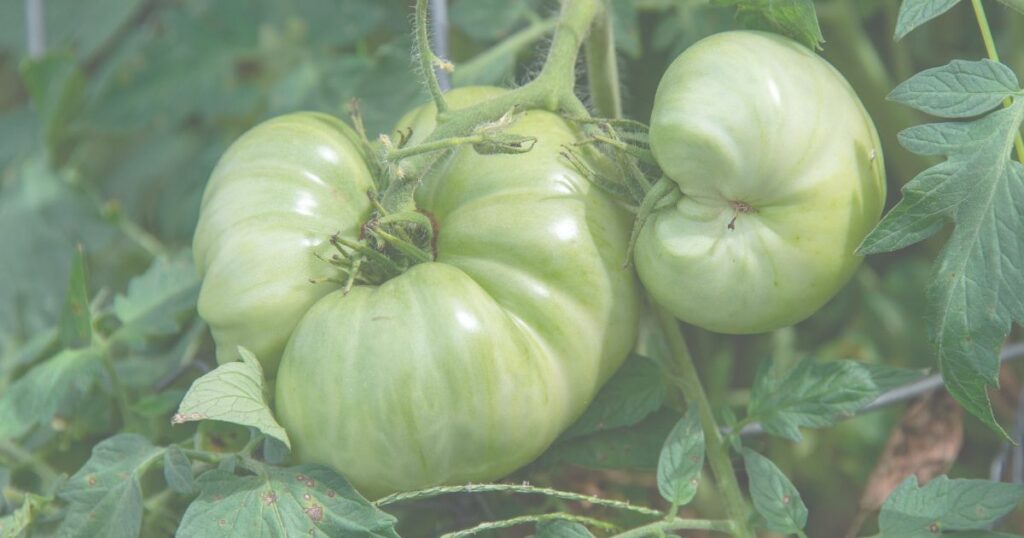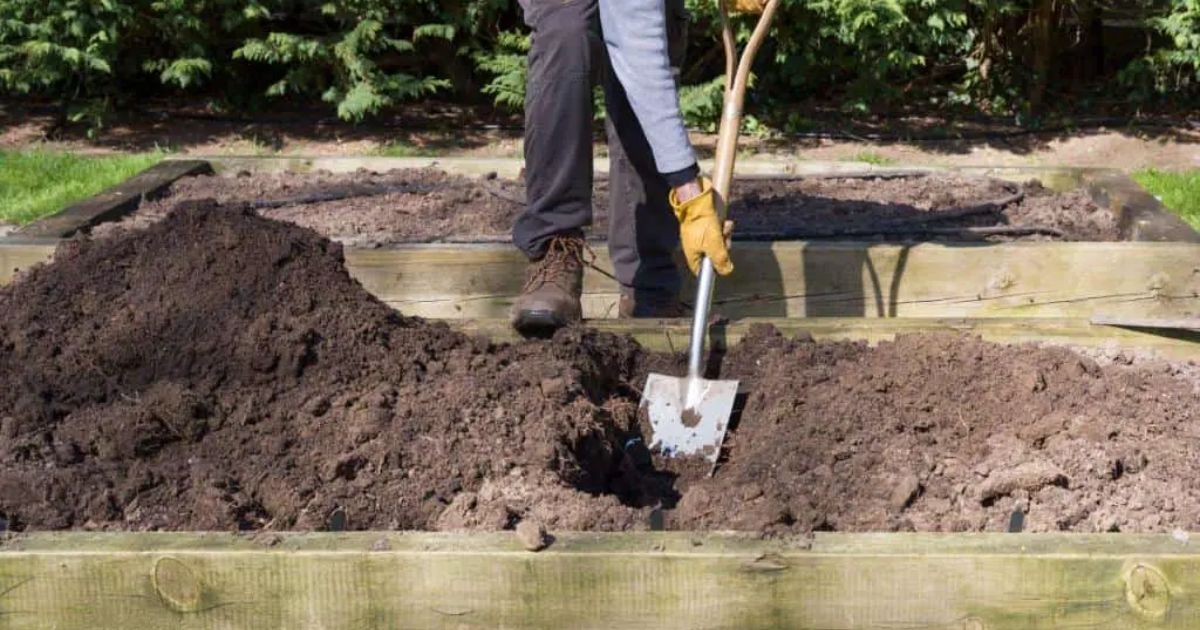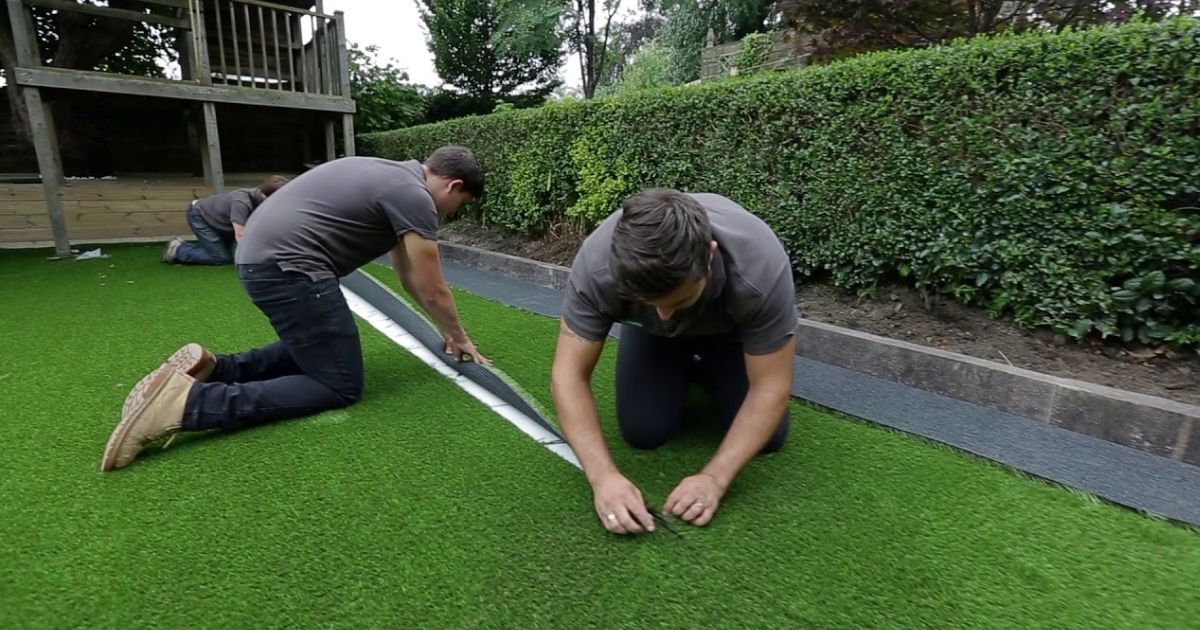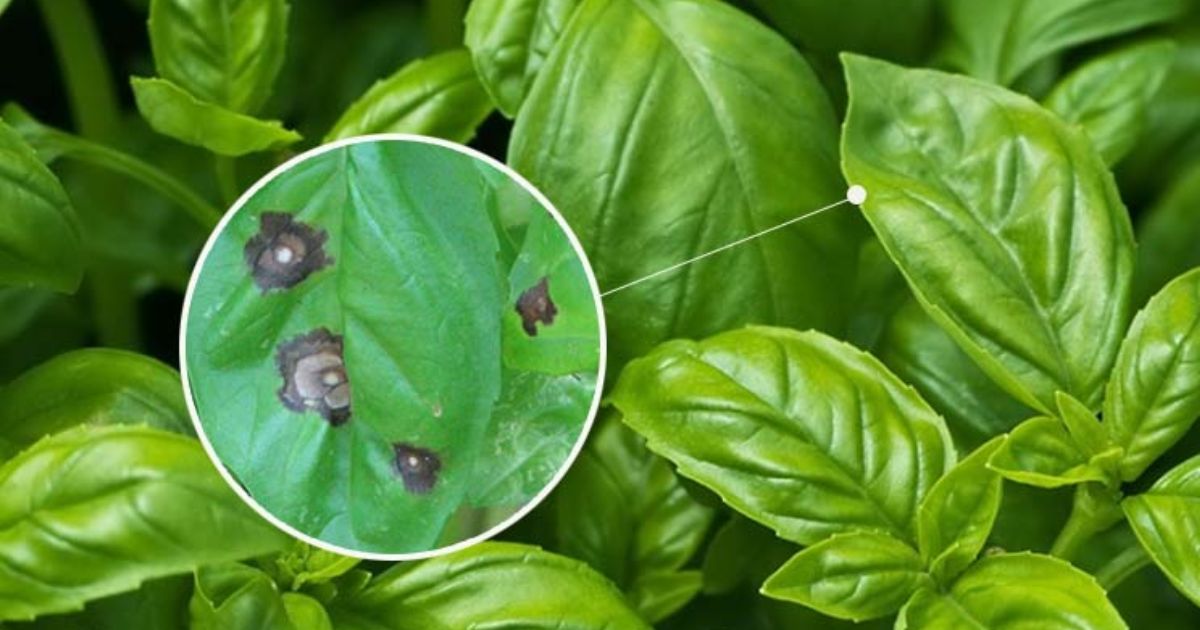Tomato catfacing is a common issue that affects the appearance and quality of your tomatoes, leading to misshapen, scarred fruit. While it doesn’t necessarily harm the flavor, these deformations can make tomatoes less appealing and reduce their market value. Understanding how to prevent tomato catfacing is essential for gardeners who want to grow healthy, vibrant crops. In this article, we’ll share expert tips to help you avoid facing so your tomatoes grow uniformly and reach their full potential.
Focusing on key factors like temperature control, proper pollination, and balanced fertilization can significantly reduce the chances of facing your san francisco fog tomato plant. These professional pointers can help you navigate the process, from selecting the right varieties to managing environmental stress and ensuring your tomatoes are healthy and blemish-free. Whether you’re a seasoned gardener or new to growing tomatoes, these prevention strategies will help you cultivate beautiful, market-ready fruit.
What is Tomato Catfacing?
One physiological ailment called tomato catfacing leads to severe deformities in the fruit, such as deep grooves, holes, puckering, and misshapen structures. These irregularities are usually seen at the blossom end of the weird tomato, causing it to appear bumpy or scarred. Catfaced lumpy tomatoes are often unattractive, making them less desirable for sale or consumption, even though the fruit is still edible. This disorder is commonly caused by environmental factors, including temperature fluctuations, especially cold weather during the early flowering stage, and poor pollination. Understanding these key causes is crucial for preventing catfacing, as maintaining stable growing conditions and proper care can significantly reduce its occurrence.
Common Causes of Tomato Catfacing
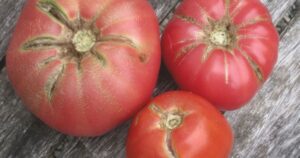
Tomato catfacing is often triggered by several environmental and biological factors. The most frequent reason is variations in temperature, particularly during the flowering stage. When tomatoes are exposed to extreme cold or hot temperatures, especially early in the season, it can disrupt normal fruit development. Cold temperatures, in particular, can damage the flower’s reproductive structures, leading to deformities like deep grooves and holes in the fruit.
Poor pollination is another factor contributing to tomato facing. When pollination is incomplete or inconsistent, the fruit does not develop uniformly, resulting in uneven growth and misshapen lumpy tomatoes. This is more likely to happen in areas with fewer pollinators or in controlled environments like greenhouses.
Over-fertilization, especially with nitrogen, is also a common cause. High nitrogen levels early in the growing season can encourage overgrowth of foliage at the price of healthy fruit development. This imbalance can lead to irregular fruit shapes, including the face.
Lastly, genetic predisposition plays a role, as certain tomato varieties are more prone to catfacing on tomatoes than others. Large, beefsteak-type tomatoes, for example, are more susceptible to this disorder, while smaller cherry varieties tend to be less affected.
How to Prevent Tomato Catfacing: Expert Tips

Catfacing tomatoes edible is a common problem that causes tomatoes to develop irregular, deformed shapes. To help gardeners grow smooth, healthy tomatoes, here are expert tips on how to prevent facing:
A. Choose the Right Tomato Varieties
- Grow-resistant varieties: Some tomato types are naturally less prone to catfacing. Cherry tomatoes and hybrid varieties are excellent choices for minimizing this issue. These tomatoes tend to have smoother skins and more uniform shapes.
- Check seed descriptions: Before planting, check seed packets or descriptions for varieties that resist facing. Search keywords like “catface-resistant” or “ideal for smooth fruit production.”
B. Manage Temperature and Planting Times
- Monitor weather conditions: Temperature fluctuations, especially early in the season, cause catfacing. Plant your tomatoes when the weather is stable, and there are minimal risks of extreme cold or heat.
- Use row covers: Protective row covers can help create a stable microclimate around young plants, shielding them from sudden temperature drops that might stress the fruit.
- Optimal planting time: Wait until after the last frost plant tomatoes outdoors. Avoid exposing young plants to cold snaps that could increase the likelihood of catfacing tomatoes edible.
C. Ensure Proper Pollination
- Encourage pollinators: Bees and other pollinators play a critical role in developing healthy tomatoes. To attract pollinators to your garden, plant companion flowers like marigolds or borage.
- Hand-pollination: Hand-pollinate your tomato flowers to ensure even fruit development in greenhouses or areas with limited natural pollination. To distribute pollen, give the plants a little shake or use a tiny brush.
D. Balance Fertilization
- Use balanced fertilizers: A fertilizer with the right nitrogen, phosphorus, and potassium (N-P-K) mix will promote balanced growth. A ratio like 10-10-10 ensures that your plants receive essential nutrients without overloading one area.
- Avoid over-fertilizing: Too much nitrogen, especially during early growth stages, can cause excessive leaf growth and increase the risk of catfacing. Opt for slow-release fertilizers to ensure nutrients are provided consistently over time.
E. Prune and Train Tomato Plants
- Prune excess foliage: Trim side shoots (also known as suckers) to direct the plant’s energy toward fruit production. This reduces the stress on the fruit and prevents deformed shapes from developing.
- Support plants: Use stakes, cages, or trellises to keep the plants upright. When plants are properly supported, the fruit-bearing stems experience less stress, which reduces the risk of catfacing.
By heeding this professional advice, you can guarantee your tomatoes develop smooth, even fruit and minimize the occurrence of facing in your garden.
Expert Recommendations for Healthy Tomato Crops
Growing healthy tomato crops requires attention to detail, consistent care, and a proactive approach to avoid common issues like catfacing tomatoes and other disorders. Here are expert recommendations to help you nurture vibrant, productive tomato plants:
1. Monitor Soil Moisture
- Keep soil consistently moist: Tomatoes thrive in evenly moist soil. Irregular watering—whether too much or too little—can cause stress, leading to problems like cracking or misshapen fruits. Water deeply and consistently, allowing the soil to dry slightly between waterings but never letting it become bone dry. Mulching can also lessen evaporation and help retain moisture.
- Avoid water stress: Too much fluctuation in moisture levels can increase the risk of catfacing and other disorders. Aim to water early in the day to prevent excess moisture from sitting on leaves overnight, reducing the risk of disease.
2. Regular Plant Inspections
- Frequent checks for issues: Make it a habit to regularly inspect your tomato plants for early signs of disorders, including catfacing, nutrient deficiencies, or abnormal growth patterns. If you identify these problems early on, you can address them before they worsen.
- Watch for environmental stress: Uneven fruit shape, discoloration, or leaf curl can all indicate stress from temperature or moisture fluctuations. Quick adjustments in your care routine can help minimize damage and encourage healthier growth.
3. Pest and Disease Control
- Prevent pests and diseases: Healthy tomatoes need protection from common pests like aphids and hornworms and diseases such as blight and fungal infections. Employ natural pest management techniques, such as bringing in beneficial insects, or apply targeted treatments as needed. Proper spacing between plants also helps improve air circulation, reducing the risk of fungal diseases.
- Maintain plant hygiene: Remove any dead or diseased leaves, and keep the garden bed clean to prevent pests and pathogens from taking hold. Companion planting and crop rotation can help lower the likelihood of problems coming up again.
By following these expert recommendations—monitoring soil moisture, conducting regular plant inspections, and controlling pests and diseases—you’ll create the ideal conditions for growing strong, healthy tomato crops all season and When and How to Harvest Garlic Scapes for the Best Flavor.
Tomato Varieties Less Prone to Catfacing
Certain tomato varieties are more resistant to catfacing, making them ideal for gardeners seeking smooth, evenly shaped fruit. Varieties such as Roma tomatoes, known for their dense flesh and fewer seeds, are less prone to catfacing. Cherry tomatoes are also popular, as their small size and consistent growth reduce the likelihood of developing deformities. The Celebrity variety, a reliable hybrid, is often praised for its resistance to both catfacing and other common tomato disorders. Additionally, many Beefsteak hybrids have been bred to offer large, flavorful fruit with less susceptibility to catfacing, providing gardeners a good balance between size and resilience. Choosing these resistant varieties can help ensure a smoother, healthier harvest.
Conclusion
Preventing tomato catfacing largely depends on managing environmental factors, ensuring proper pollination, and giving your plants the necessary care. You can start your season with a strong foundation by choosing catface-resistant varieties like Roma, Cherry, or Celebrity tomatoes. Keeping the soil consistently moist, planting at the right time, and using row covers to protect against temperature fluctuations will help reduce stress on your plants. Encouraging natural pollinators or using hand-pollination, combined with balanced fertilization and regular pruning, ensures that your misshapen tomatoes develop smoothly.
Proper care starts with selecting the right varieties and supplying ideal growing circumstances all through the growing season. Following these expert recommendations will set your tomatoes up for success. Try these tips in your next weird tomato-growing season, and enjoy healthier, catface-free crops with beautiful, even fruit. Happy gardening!
FAQs:
1. What is the main cause of catfacing in tomatoes?
Catfacing in tomatoes is primarily caused by environmental stress, especially when plants are exposed to temperature fluctuations during early fruit development. Extreme cold or heat can interfere with proper pollination, leading to misshapen fruit. Other contributing factors include poor pollination, irregular watering, and excessive fertilization.
2. Can catfaced tomatoes be eaten?
Yes, catfaced tomatoes are perfectly safe to eat. While their appearance may be distorted, the fruit remains edible and flavorful. Cut away any tough or damaged areas before consuming or using in recipes.
3. How do I know if my tomato plant is catfacing?
You can identify cat-faced fruit by looking at it as it develops. A cat-faced weird tomato typically has irregular shapes, deep grooves, puckered areas, or scarring at the blossom end. Early signs may appear soon after the fruit starts forming, allowing you to take action to reduce further damage.
4. Does pruning prevent tomato catfacing?
Pruning can help lessen plant stress and improve airflow, which indirectly helps prevent facing. Removing excess foliage and side shoots directs more energy toward healthy fruit development. While it’s not a direct solution, proper pruning is an important part of overall plant care that helps reduce the likelihood of deformed fruit.

